About Hanging Scrolls/Kakejiku
The hanging scroll, originally introduced from China as a form of Buddhist painting, evolved over time to become a key element of indoor decoration in Japan. It gained prominence in settings such as tea ceremonies, traditional events like the Boy’s Festival in May, and seasonal celebrations.
In a typical Japanese home, the Tokonoma, a recessed space where the hanging scroll is displayed, serves as the heart of the household. This area holds significant cultural importance as it is used to welcome and honor guests.
As hanging scrolls became more widespread, they developed into a cherished medium for showcasing and appreciating the essence of Japanese aesthetics. They often depict seasonal landscapes or auspicious symbols, reflecting and celebrating the beauty of Japan within the home.
Mt. Fuji
Mt. Fuji, a world-renowned sacred peak, has been a subject of worship and diverse artistic expression since ancient times. It continues to be passed down as a symbol of Japan. Among the numerous works depicting Mt. Fuji, this particular piece, adorned with a pure white crown of snow, is undoubtedly a profoundly symbolic masterpiece.
Specification
・Material/ Hand-painted on:Washi paper , Mounting:silk , Jikusaki at the bottom:Chinese quince , Box:paulownia
・Size/ Hanging scroll:W68×H138cm , Box:W10×H77.5×D10cm
・Weight/ 1700 g
・Made in Japan
ONE-OF-A-KIND-PIECE

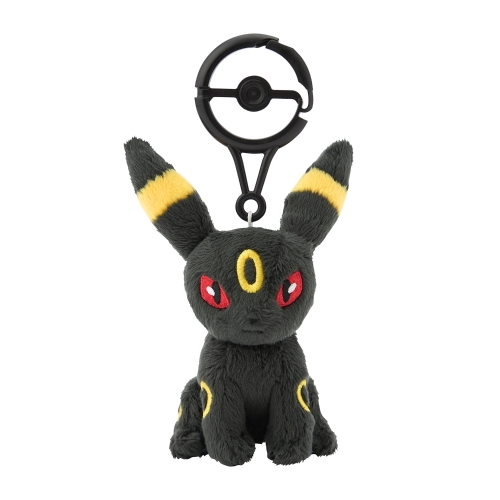
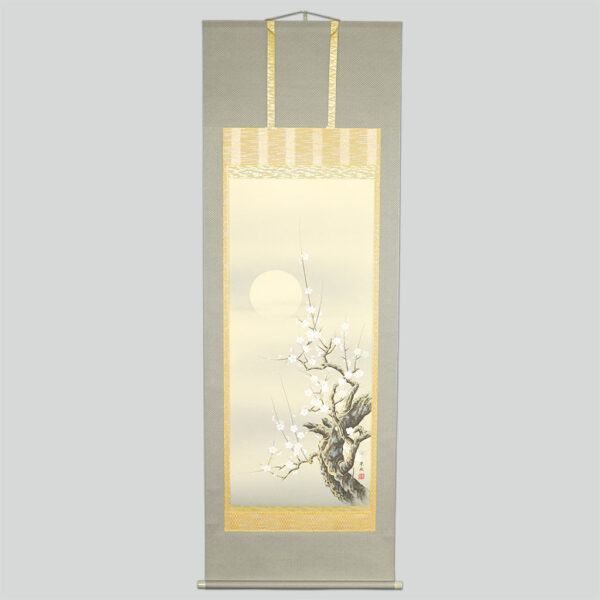
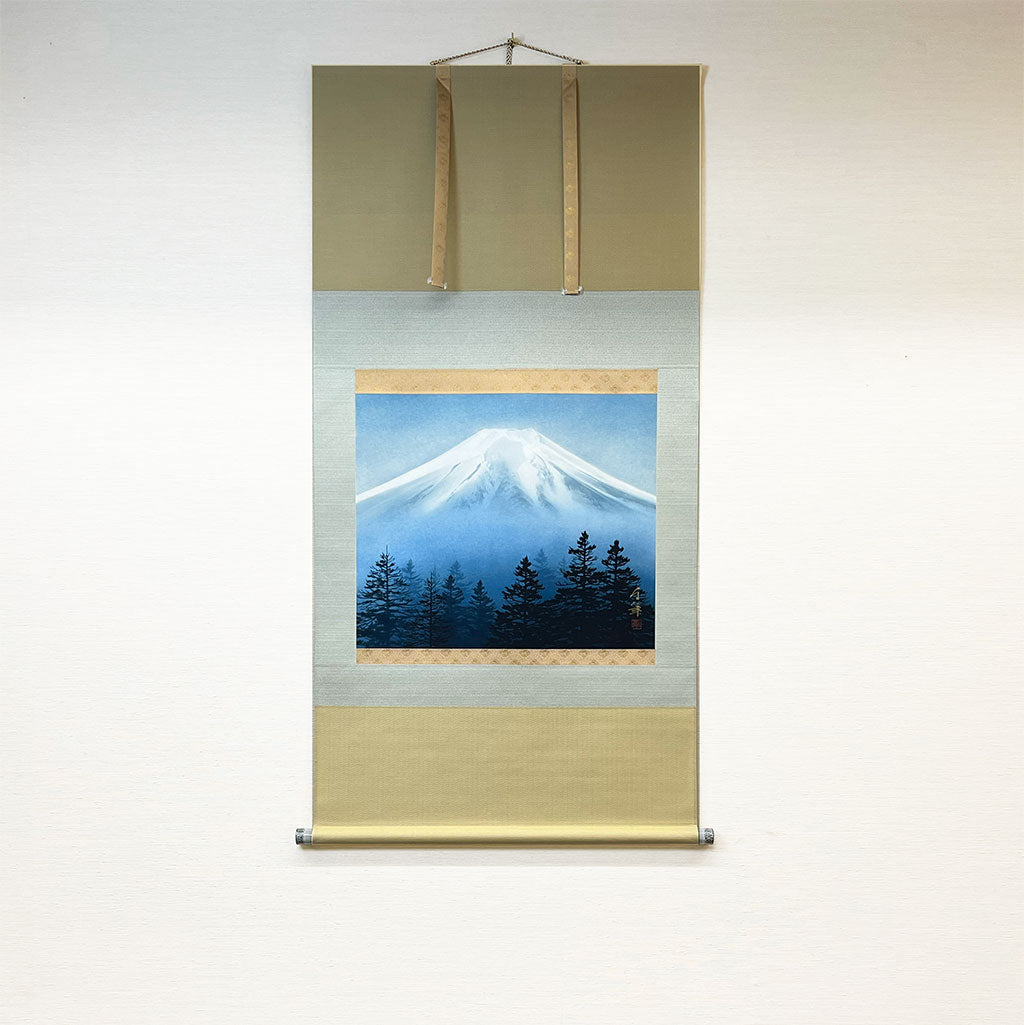
![Japanese Hanging Scroll [Kakejiku] by Suguru Otake 'Mt. Fuji' - Image 2](https://store.kyotohandicraftcenter.com/cdn/shop/files/20241201_1_1024x.jpg?v=1735016095)
![Japanese Hanging Scroll [Kakejiku] by Suguru Otake 'Mt. Fuji' - Image 3](https://store.kyotohandicraftcenter.com/cdn/shop/files/20241201_2_1024x.jpg?v=1735016095)
![Japanese Hanging Scroll [Kakejiku] by Suguru Otake 'Mt. Fuji' - Image 4](https://store.kyotohandicraftcenter.com/cdn/shop/files/20241201_3_1024x.jpg?v=1735016095)
![Japanese Hanging Scroll [Kakejiku] by Suguru Otake 'Mt. Fuji' - Image 5](https://store.kyotohandicraftcenter.com/cdn/shop/files/20241201_4_1024x.jpg?v=1735016095)
![Japanese Hanging Scroll [Kakejiku] by Suguru Otake 'Mt. Fuji' - Image 6](https://store.kyotohandicraftcenter.com/cdn/shop/files/20241201_5_1024x.jpg?v=1735016095)
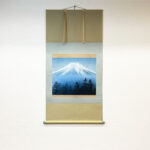
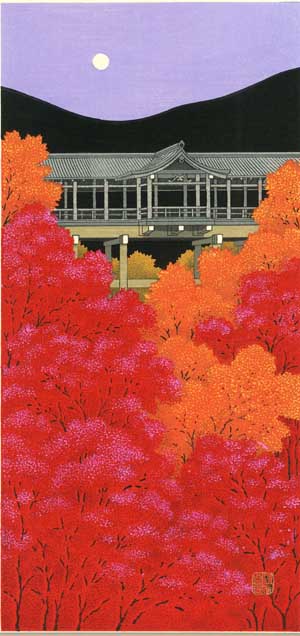
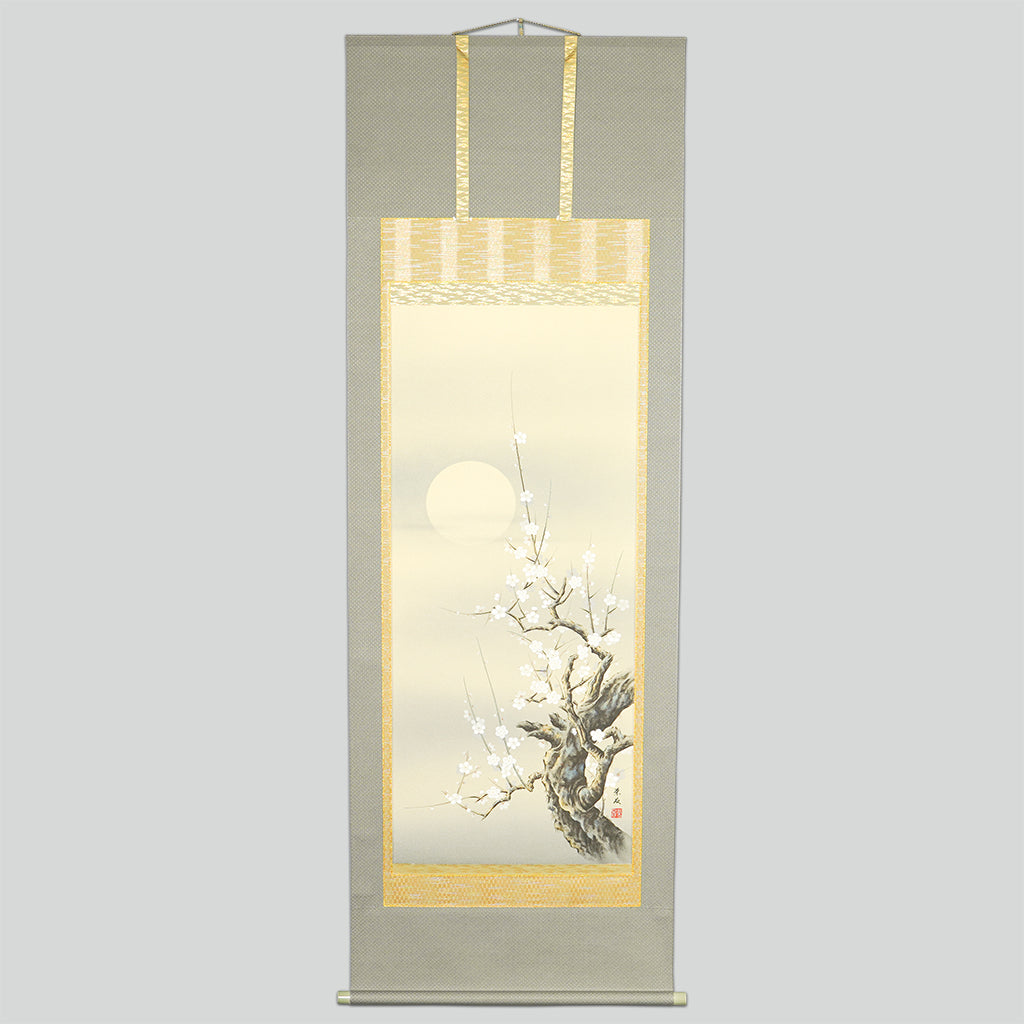
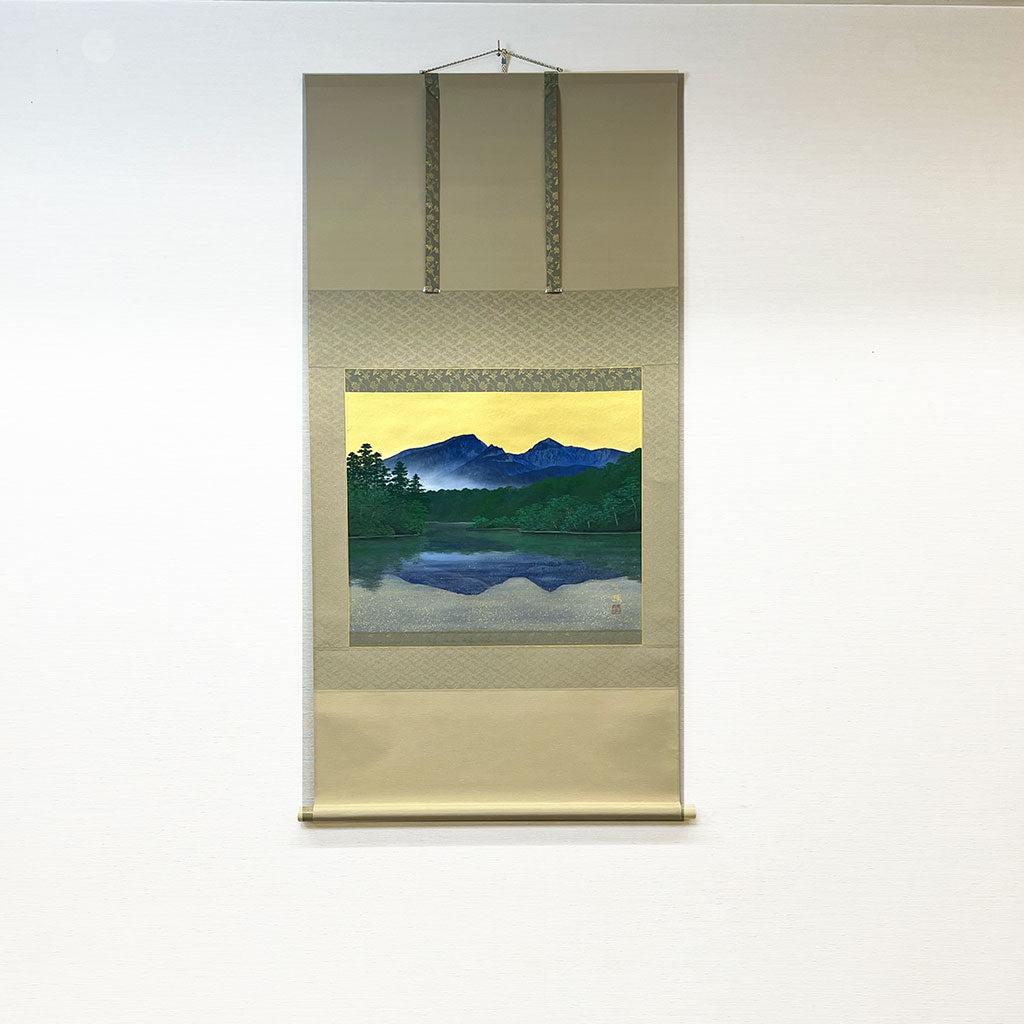


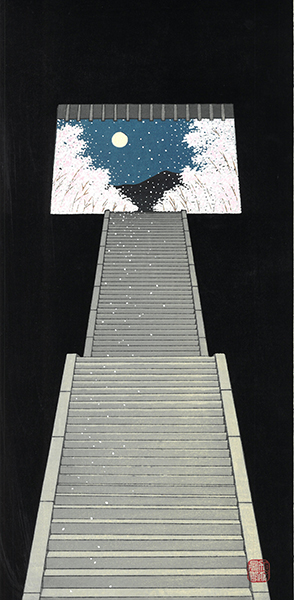


Reviews
Clear filtersThere are no reviews yet.